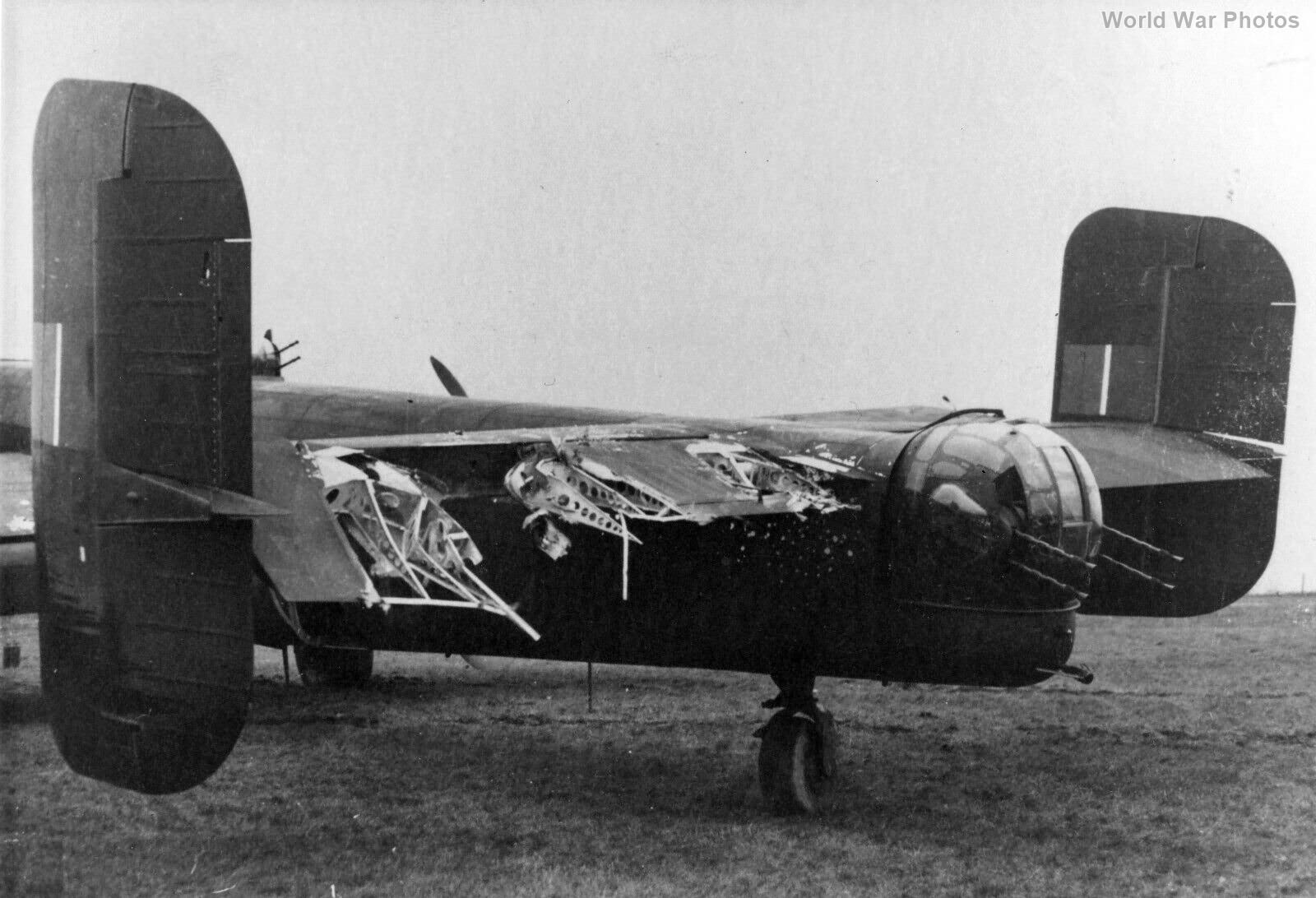Tactics to Counter German Night Fighters
These tactics can be categorized into technological advancements, operational strategies, and electronic countermeasures:
Technological Advancements:
- Improved Bomber Design: Recognizing the vulnerabilities of early bombers, the RAF continuously sought improvements in aircraft design. This included more powerful engines, enhanced defensive armament, and streamlined fuselages to improve speed, altitude capabilities, and reduce visibility to enemy fighters.
- Introduction of Four-Engined Bombers: The adoption of four-engined bombers like the Halifax, Stirling, and Lancaster was a significant step in countering night fighters. These larger aircraft offered greater speed, heavier bomb loads, and increased defensive capabilities compared to their predecessors.
- Development of Effective Turrets: Initially, the Halifax lacked effective turrets, making it vulnerable to attacks, especially from behind. However, efforts were made to develop and install improved turrets, such as the Boulton-Paul Type A four-gun mid-upper turret, to enhance the bombers’ defensive capabilities.
Operational Strategies:
- Pathfinder Force and Target Marking: The formation of the Pathfinder Force (PFF), equipped with specialized aircraft like H2S radar-equipped Halifaxes, significantly improved bombing accuracy. By marking targets with greater precision, the PFF allowed the main bomber stream to attack with greater speed and concentration, reducing their exposure to night fighter interceptions.
- Concentrated Bombing Raids: The tactic of launching large-scale, concentrated bombing raids, such as the Thousand Bomber Raids, aimed to overwhelm German defenses. While costly in terms of aircraft and crew losses, these raids demonstrated the RAF’s commitment to the strategic bombing campaign and inflicted significant damage on German infrastructure.
- Shifting to Night Operations: Early in the war, the RAF recognized the vulnerability of bombers to German fighters during daylight raids. The shift to predominantly night operations, while presenting its own challenges, provided a degree of protection from enemy fighters.
Electronic Countermeasures (ECM):
- Development of Radar and Navigation Aids: The British took an early lead in radar technology, developing systems like Gee, H2S, and Oboe to aid navigation, target-finding, and bombing accuracy. These innovations were crucial in enhancing the effectiveness of the bombing campaign and reducing reliance on visual bombing methods.
- Jamming German Radar and Communications: Recognizing the effectiveness of German radar systems like Freya and Lichtenstein in guiding night fighters, the RAF developed countermeasures to disrupt their operation. This included jamming techniques using systems like “Mandrel” and the use of chaff (code-named “Window” by the British) to create false radar echoes.
- Intelligence Gathering and Analysis: The British made significant efforts to understand and exploit German radar technology. The defection of a Ju 88 night fighter crew in 1943, carrying the FuG 212 Lichtenstein radar, provided invaluable insights into German radar frequencies and capabilities, enabling the development of more effective countermeasures.
Fight against German night fighters was a constant technological and tactical battle. The Luftwaffe continuously adapted its tactics and technology, introducing innovations like the Schräge Musik (Jazz Music) upward-firing cannons and developing new radar technologies to counter British jamming efforts. The RAF, in turn, had to constantly innovate and refine its own tactics and technologies to maintain the upper hand in the night skies over Germany. This illustrate how this ongoing battle of wits and technology played a crucial role in shaping the course of the strategic bombing campaign.
